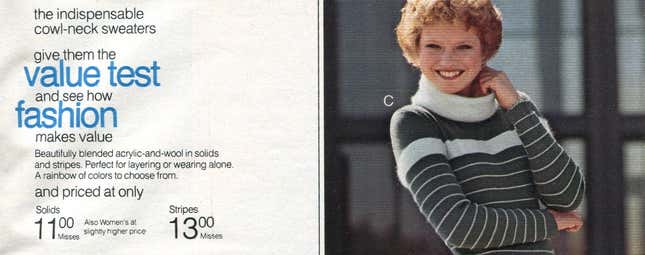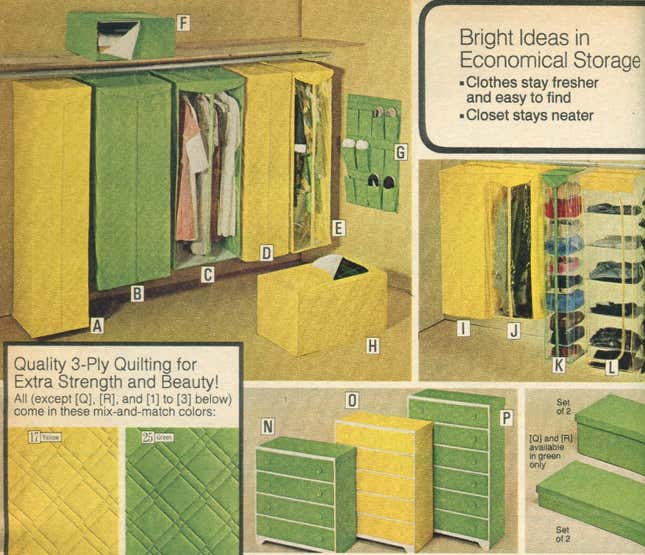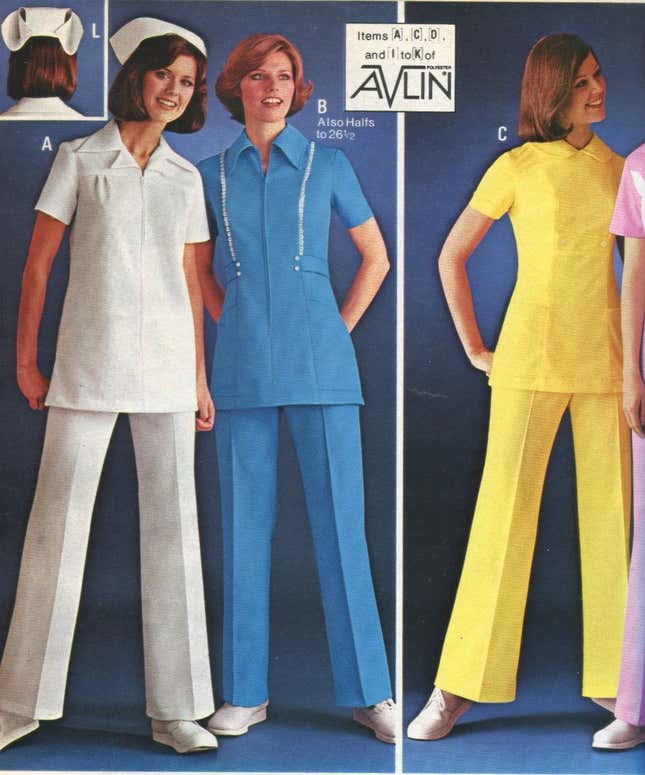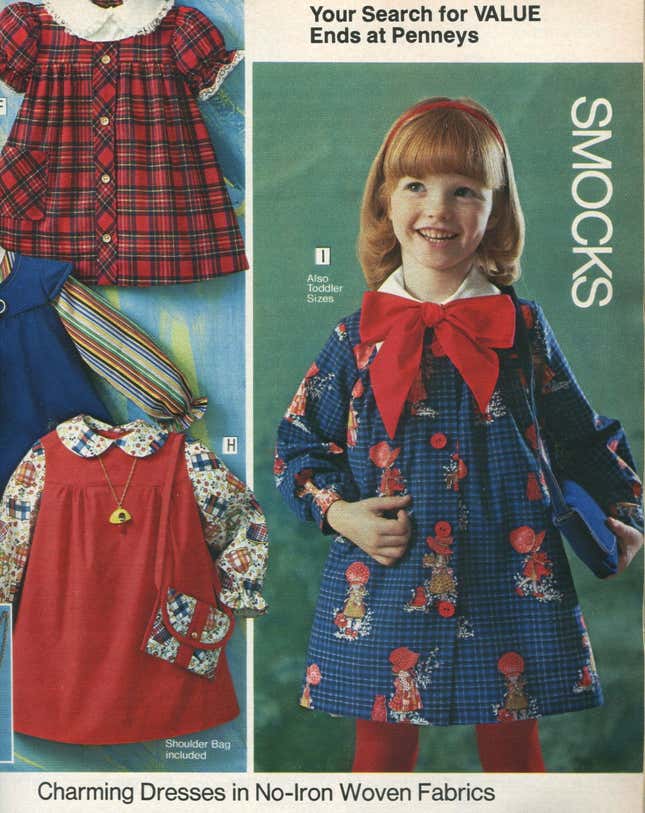J.C. Penney and the End of America's Middle Class
In Depth

Nearly every one of the 1,374 pages in the J.C. Penney catalog from Fall/Winter 1977 hammers home a single word: value. Dress shoes are “Pretty to Look at… Supple and Comfortable to Wear… and Sensibly Priced.” Coordinating separates “mix and match with classic ease. Nicely tailored with rich fashion accents” and are, of course, “priced for value.” Everything from women’s workwear to children’s clothing to sheets and towels is billed as durable, comfortable, easy to care for—and at the right price. “WE WILL NOT RAISE ANY PRICES IN THIS CATALOG BEFORE JANUARY 28, 1978,” the cover solemnly swears. At the height of its power, J.C. Penney was a dependable fixture of the middle-class retail universe, catering to the shopper who wanted things with a little flair, but without undue putting pressure on the budget.
In mid-May, retailer J.C. Penney declared Chapter 11 bankruptcy, announcing plans to restructure and, hopefully, survive the pandemic. It is the largest retailer to hit the rocks thanks to the economic shock of the coronavirus, but the 118-year-old company’s troubles go back much, much further and are intricately linked to the widening gap between rich and poor in America and the thinning of the middle class.
Everything from Sears to Neiman Marcus is lumped into the large and ailing category of “department store,” but that categorization elides important differences in origins. The grand palaces of consumption that helped create the downtown shopping district at the end of the 19th century—the Marshall Fields of the world—were comparatively swanky operations catering to the “carriage trade,” deeply tied in various ways to their local communities, as Vicki Howard explains in her history of the department store, From Main Street to the Mall. They put the bargains in the basement, clearing out unwanted merch by peddling it to deal-hunting working-class city-dwellers. At the same time, they often had bargain basements for closeout merchandise, drawing deal-hunting working-class city residents. Even before the creation of the ultimate in class-based consumption—malls, which come in distinct strata of niceness—stores were already segmenting out customers in terms of how much they had to spend.
J.C. Penney was one of the earliest national department store chains, spreading across America through smaller outposts in places like county seats, selling basics rather than fashion. Its history is closely entwined with that of longtime competitor Sears, which was built off the back of a massive catalog operation that penetrated deep into rural America, rather than somewhere like the city-focused Wanamaker’s. Even as Penneys expanded its offerings and footprint, it was pitched to the shopper who wanted to stretch their money; a 1940 ad in Women’s Day targeting pregnant women boasted their maternity clothes that were “COMFORTABLE ECONOMICAL STYLISH.”
-

-

-

-

-

-

-

-

-

-

-

-

-

-

-

-

-

-

-

-

-

-

-

-

-

-

-

-

-

-

-

-

-

-

-

-

-

-

-

-












































